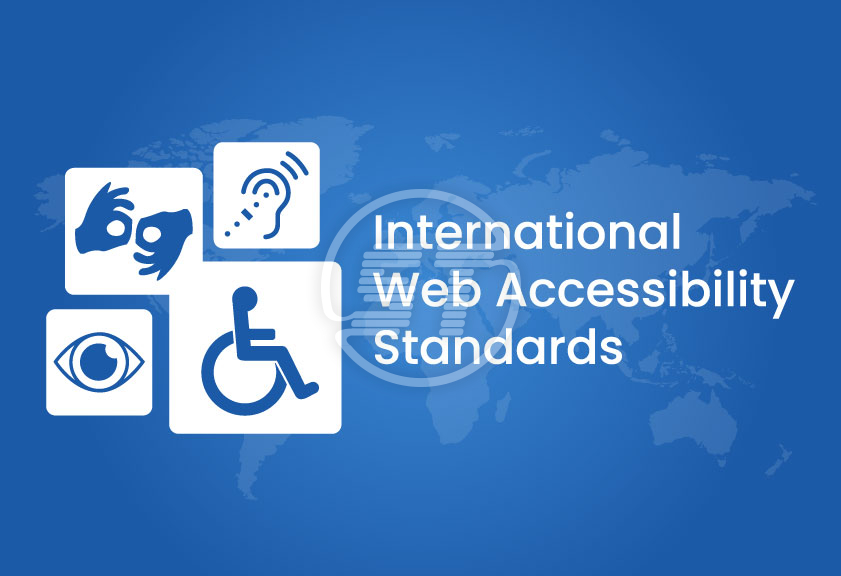Agencia 92: Your Source for Trending News
Stay updated with the latest insights and stories that matter.
Web Accessibility: Where Basics Meet Brilliance
Unlock the secrets of web accessibility! Discover how simple changes can lead to brilliant outcomes for all users. Click to learn more!
Understanding Web Accessibility: Key Principles for an Inclusive Online Experience
Understanding web accessibility is crucial in creating an inclusive online experience for all users, especially those with disabilities. The primary goal of web accessibility is to ensure that everyone, regardless of their abilities, can perceive, understand, navigate, and interact with the web. This involves designing websites and applications that are compatible with assistive technologies, such as screen readers and voice recognition software. There are several key principles outlined by the Web Content Accessibility Guidelines (WCAG) that serve as a foundation for achieving accessibility:
- Perceivable: Information should be presented in ways that users can perceive, including alternative text for images.
- Operable: Users must be able to navigate the website easily, using both keyboard and mouse.
- Understandable: Content should be easy to understand, minimizing confusion.
- Robust: Content must be compatible with various browsers and assistive technologies.
Implementing these principles does more than fulfill legal requirements; it enhances user experience and broadens your audience. A website that embraces web accessibility not only benefits individuals with disabilities but also helps users in various situations, such as reading in low-light conditions or using mobile devices. Therefore, it is essential for website owners and developers to prioritize web accessibility in their design strategies. By doing so, you contribute to a more inclusive digital world, attracting a diverse range of users and improving engagement and satisfaction across the board.

Common Web Accessibility Mistakes and How to Avoid Them
Common web accessibility mistakes can hinder users with disabilities, making it crucial to address these issues. One frequent error is the lack of proper alt text for images. Alt text is essential for screen readers to describe visuals, allowing visually impaired users to understand the content. Additionally, using color as the only means of conveying information can be problematic for those with color blindness. Instead, consider pairing colors with text labels or patterns to ensure information is accessible to everyone.
Another key mistake is neglecting keyboard navigation, which is vital for users who cannot use a mouse. Ensure that all interactive elements, like forms and buttons, can be accessed through keyboard commands alone. Moreover, it is important to avoid using automatic content updates, such as pop-ups, without warning users. These can disrupt screen reader users and create confusion. By addressing these common web accessibility mistakes and implementing simple solutions, you can create a more inclusive digital experience for all users.
How to Evaluate Your Website's Accessibility: Tools and Best Practices
Evaluating your website's accessibility is crucial to ensure that it can be navigated and used by everyone, including those with disabilities. To start, leverage automated accessibility evaluation tools like WAVE and AXE, which scan your site for common issues and provide comprehensive reports. Additionally, manual testing is essential; this can be achieved by using keyboard navigation to ensure that all interactive elements are accessible. Don't forget to gather feedback from real users, especially those with disabilities, as their insights can uncover practical accessibility challenges that tools may miss.
Incorporating best practices is key to maintaining your website's accessibility standards. Follow these guidelines to enhance your site's usability:
- Use semantic HTML to ensure screen readers can accurately interpret your content.
- Provide alternative text for images to aid visually impaired users.
- Ensure color contrast meets minimum accessibility requirements to aid users with visual impairments.
- Design with a logical structure for easy navigation, including headings and lists.